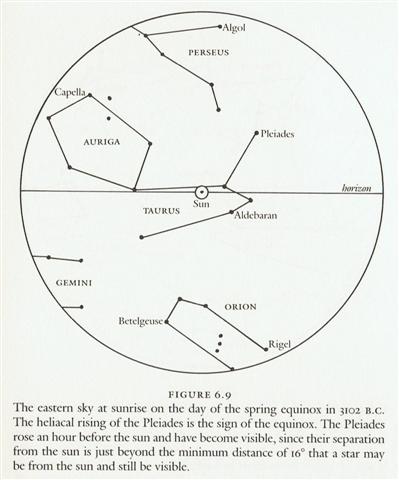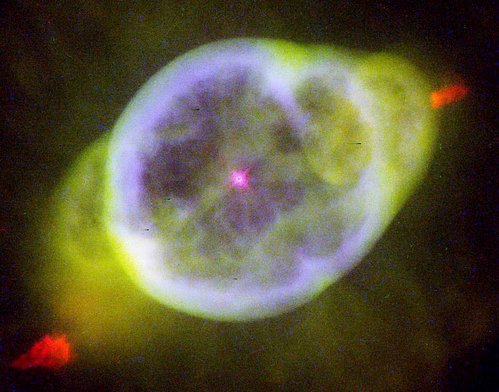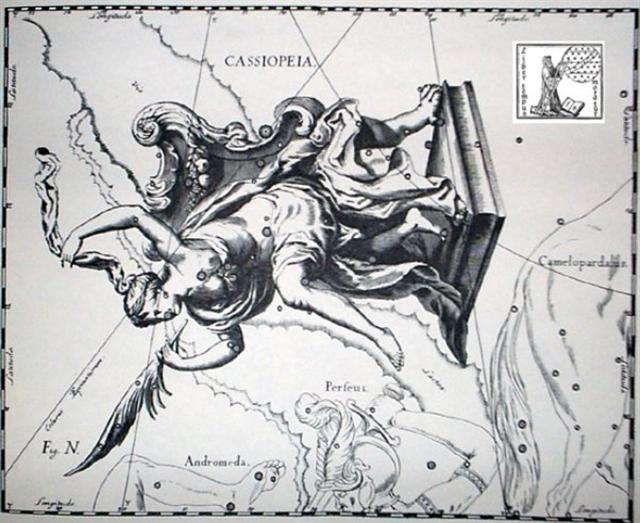|
ADDENDA
11-2. So why should there be a pair of maitaki glyphs preceding Sirrah at 0h? Hakarava hakaturu, quadrangular ... Hakarava omua to come before, precede. ... There is a couple residing in one place named Kui [Tui] and Fakataka [Hakataka]. After the couple stay together for a while Fakataka is pregnant. So they go away because they wish to go to another place - they go. The canoe goes and goes, the wind roars, the sea churns, the canoe sinks. Kui expires while Fakataka swims. Fakataka swims and swims, reaching another land. She goes there and stays on the upraised reef in the freshwater pools on the reef, and there delivers her child, a boy child. She gives him the name Taetagaloa [Not Tagaroa].When the baby is born a golden plover flies over and alights upon the reef. (Kua fanau lā te pepe kae lele mai te tuli oi tū mai i te papa). And so the woman thus names various parts of the child beginning with the name 'the plover' (tuli): neck (tuliulu), elbow (tulilima), knee (tulivae) ...
Was it some kind of allusion to the Doublegood Pair, Punarvasu? ... In Hindu legend there was a mother goddess called Aditi, who had seven offspring. She is called 'Mother of the Gods'. Aditi, whose name means 'free, unbounded, infinity' was assigned in the ancient lists of constellations as the regent of the asterism Punarvasu. Punarvasu is dual in form and means 'The Doublegood Pair'. The singular form of this noun is used to refer to the star Pollux. It is not difficult to surmise that the other member of the Doublegood Pair was Castor. Then the constellation Punarvasu is quite equivalent to our Gemini, the Twins ...
We should notice that when Metoro saw a pair of maitaki glyphs close together he said maitaki (good) only at the first one of them. At the 2nd glyph he tended to say maharoga. We can learn from studying this triplet of double pair of maitaki variants:
There were 60 right ascension days from Regulus to Thuban and another 30 days to the culmination (at 21h) of Schedir (the Breast of Cassiopeia) in November 18.
There was a quarter of 364 days from Regulus to November 18.
Indeed the first item in the maitaki pairs seems to have been the significant one, with no need to pay much attention to the 2nd one of them. It was Castor (the mortal one of the twins) who rose first, who evidently ought to have signified Punarvasu.
We should look for Castor (*113) and Pollux (*116). With Regulus (*152) at glyph number 188 we should find Pollux 36 positions earlier (→ Hb1-36), viz. at glyph number 188 - (152 - 116) = 152. And August 20 (232, Regulus) - 36 = 196 (July 15). Here we can imagine a standing up and fully grown (tagata) Pollux person at left being the same person as the 'bird' to his night, presumably Castor - like a Beaver (Castor Fiber) hiding down in the dark watera.
The change from the great night (Po) to light (Latin: Lux) was occurring halfway through July, and there was also a Roman river named Po.
Thus, which star was Significant at *363 (Hb1-33)? I can find a pair by using the tool of fractions = .0 (for the Sun) and .4 (for the Moon):
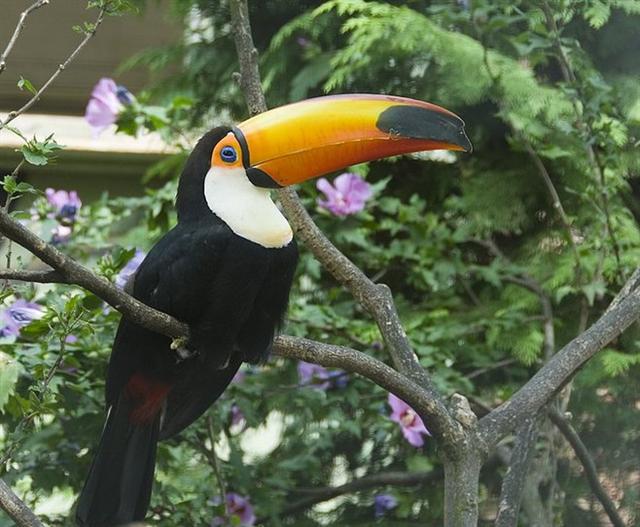 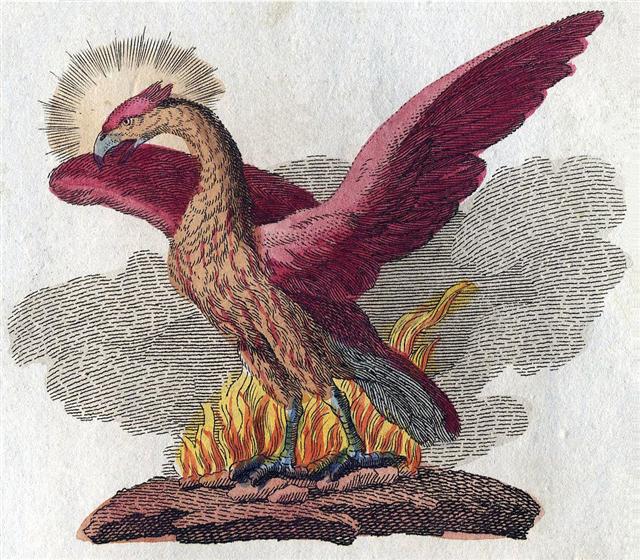 |
|||||||||||||||||||||||||||||||||||||||||||||||||||||||||||||||||||||||||||||||||||||||||||||||||||||||||||||||||||||||||||||||||||||||||||||||||||||||||||||||||||||||||||||||||||||||||||||||||||||||||||||||||||||||||||||||||||||||||||||||||||||

